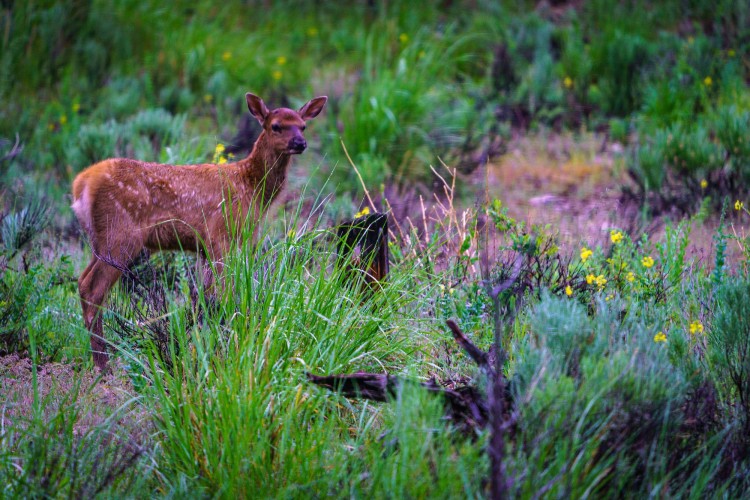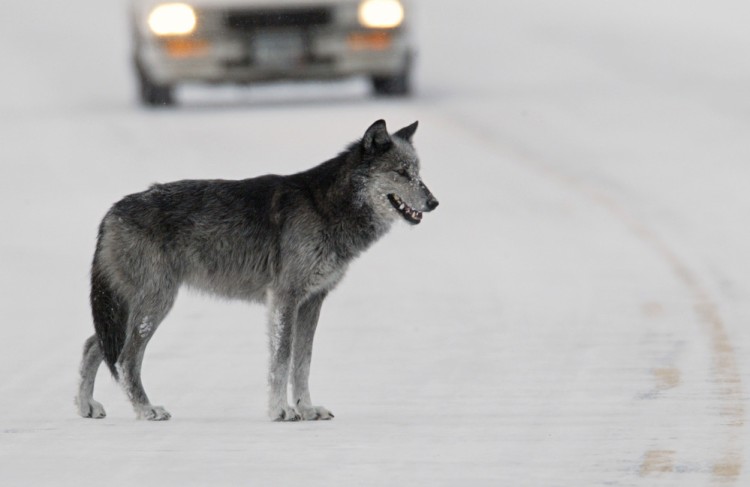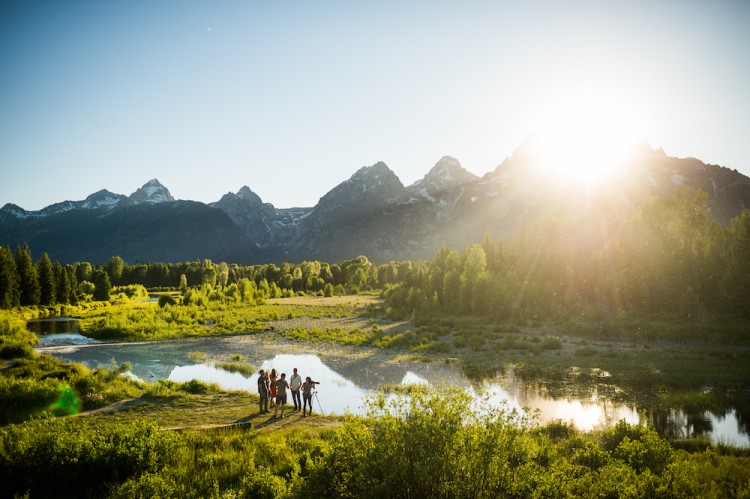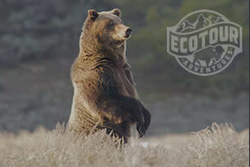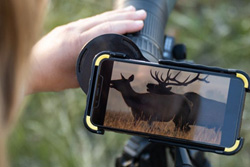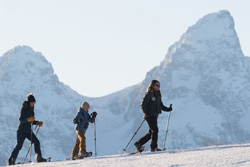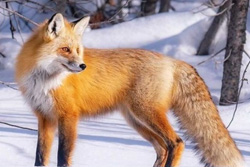Living With Large Carnivores Part One: Bear Identification
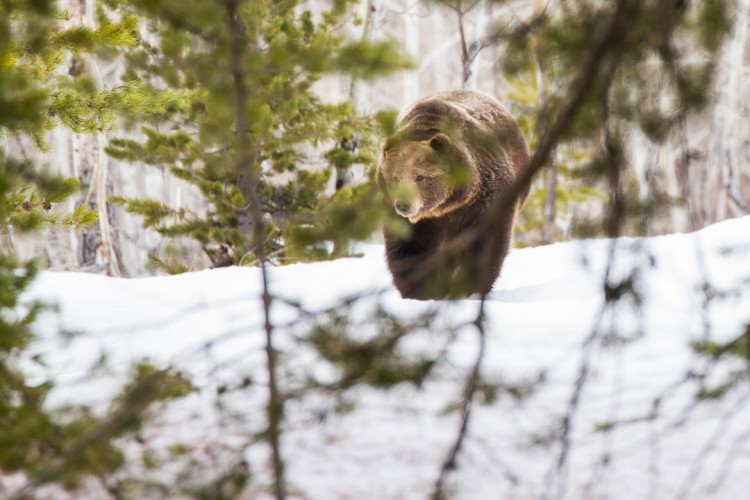

A boar grizzly emerges from the woods in Grand Teton National Park
The Greater Yellowstone Ecosystem is one of the most biologically intact temperate ecosystems left on earth. It is here that visitors have an opportunity to see the same animals which were here when the first European American explorers entered the area in 1807. Our large carnivore populations, including mountain lion, wolf, black bear and grizzly bear have rebounded to some of the highest levels in the last century. Coexistence and the reduction of conflict is becoming increasingly important as these animals come into closer contact with humans. In this two part series we first explore how to identify the difference between two of our large carnivores, black and grizzly bears. Then we discuss ways to reduce and avoid conflict with our wild neighbors. Read on for more!
Bear Identification
For years, people have journeyed to Grand Teton and Yellowstone National Parks to view the sights and wildlife, especially bears. Both grizzly and black bears are found in the Greater Yellowstone Ecosystem, and each has its particular challenges with coexistence. Though close encounters with both species should always be avoided careful identification to distinguish the two can be helpful in avoiding conflict.
Unreliable Characteristics
It is not uncommon for both visitors and locals to observe a brown colored bear and assume it is a grizzly. However, black bears are frequently observed in the parks with brown coats, see the photo below.
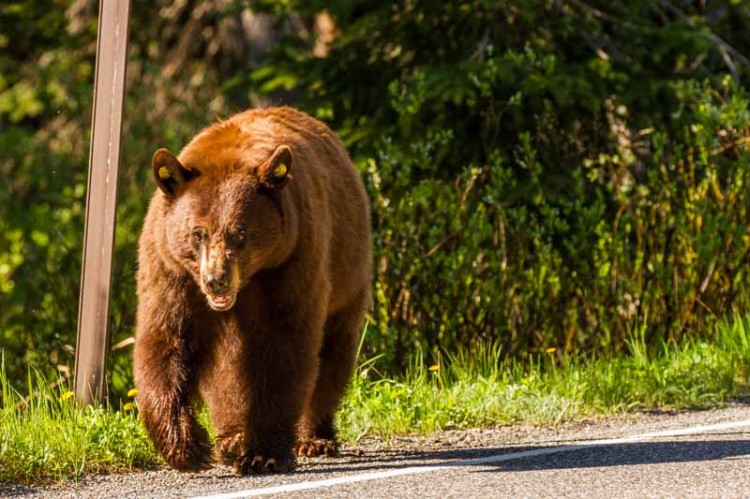
Body size is also an unreliable indicator. Juvenile grizzlies have been mistaken for black bears and vice versa. Droppings of black and grizzly bears are difficult to distinguish and vary widely depending on the type of food being consumed. Finally, though it is much more common to see black bears climbing trees, grizzlies, especially cubs, may occasionally climb them as well!
Reliable Characteristics
Fortunately, bears have a number of easily identifiable characteristics which can be used to tell them apart. Grizzlies have a pronounced muscular hump on their backs, between their front shoulders, used to aid in digging for food or den construction. This hump is absent in black bears, who have a flat back from head to hindquarters.

Notice the clear muscular hump showing on this two year old juvenile grizzly. We found it digging for plants and small mammals in Grand Teton National Park Photo: Josh Metten
The facial profile of grizzly and black bears is also different, but may be more subtle. Grizzlies display a dish shaped concavity while black bears have a more straight face from eyes to nose. This is often most easily identified from a profile view. Ears are often a good indicator of species. Black bear ears will appear taller, skinny and more widely spaced than those of grizzlies. Grizzly ears will appear shorter, more rounded and more closely together.
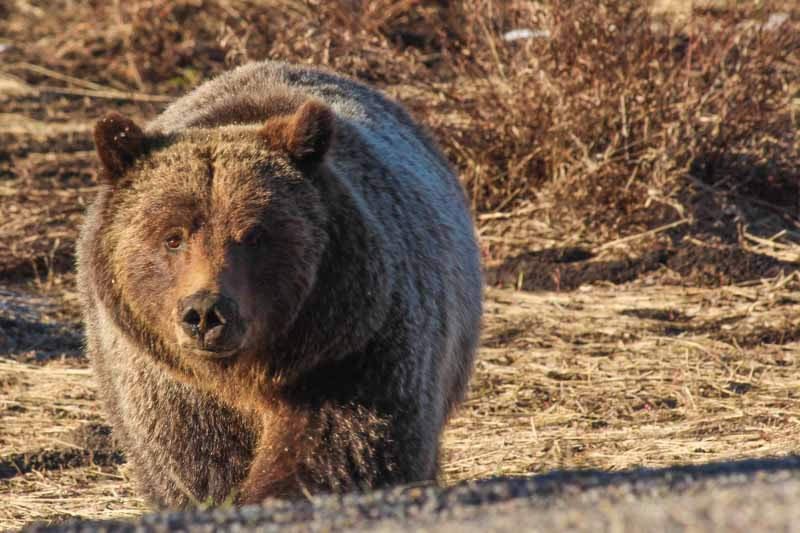
This boar grizzly has a dish shaped face with a depression where the nose meets the skull. We found him in the northern part of the Jackson Hole valley, inside Grand Teton National Park. Photo: Josh Metten
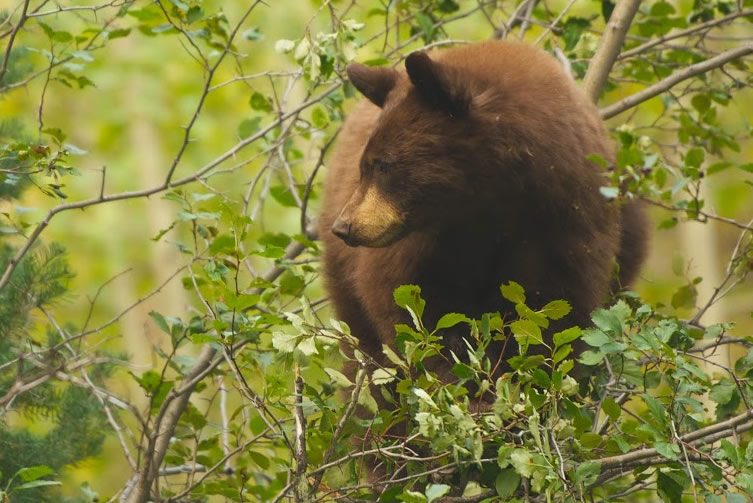
Black Bear faces are more straight from the tip of the nose to head. This bear has climbed up a hawthorn tree in southern Grand Teton National Park and is feeding the ripe berries. Photo: Taylor Phillips
Claws of the two species are quite different. Grizzlies use their long, straight claws for digging which can often be easily viewed from a distance. They are often found in open meadows using these claws do dig up edible roots, small mammals, or bury the carcass of larger animals. In contrast, black bears have more curved claws which aid in climbing. Black bears prefer forested areas where they can quickly climb to safety if threatened by another animal, including grizzlies.

Though we do often see bears while visiting the parks, tracks are often an exciting find which can tell us about their whereabouts. The arrangement of the toe pads is more curved on the front track of black bears, so much that if you were to draw a line between the toe pads and the main pad it would intersect with the pinky toe. With grizzlies, the toes are straight across and generally would do not intersect the line. The hind feet of both species, which are larger than the front are also different. The main pad of a black bear is similar to the print of a human foot, while a grizzly’s main pad is more triangular or wedge-shaped coming to more of a point at the heel.
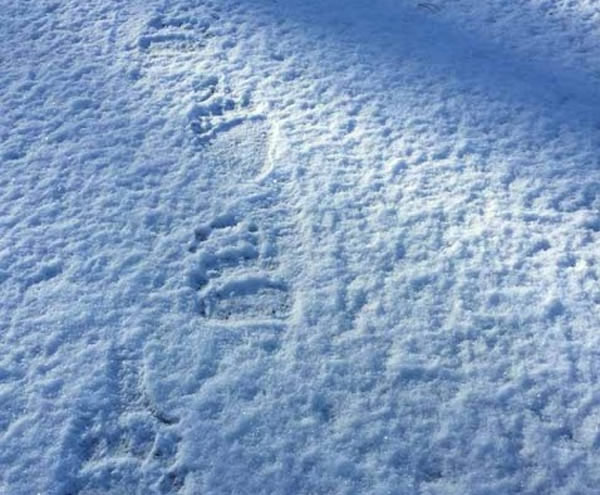
Notice the large gap between the toes and claws of these grizzly tracks. Photo: Josh Metten
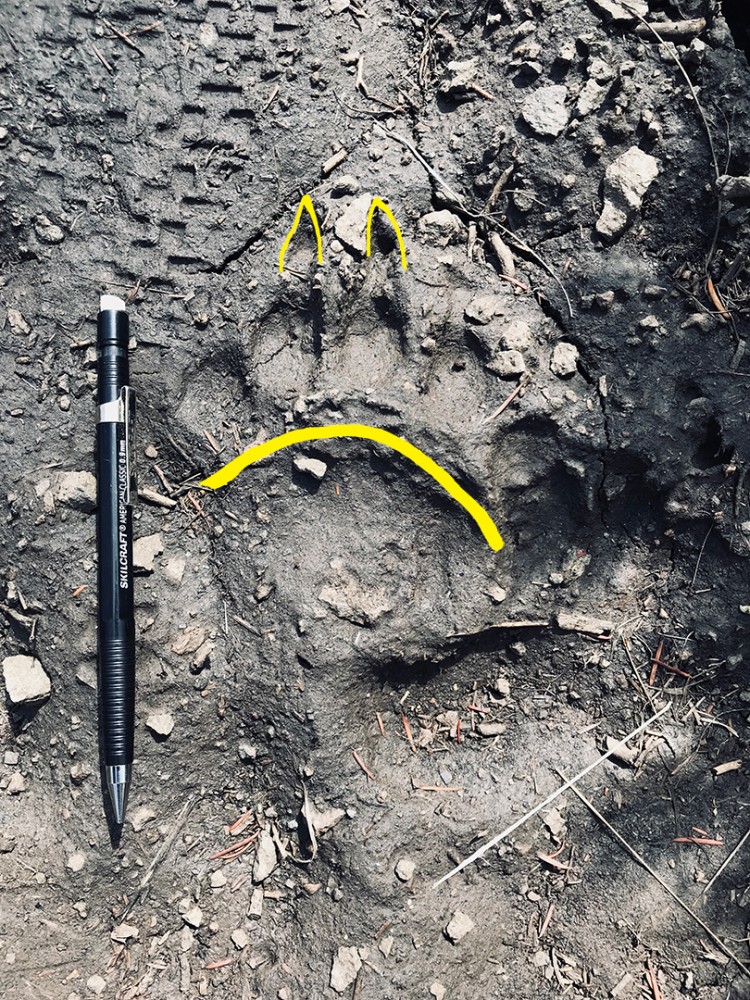
Bear identification can be tricky, but can help avoid conflict situations and ensure a safe viewing experience. Click here for part two of this topic, where we discuss ways to reduce and prevent conflict with our wild neighbors of the Greater Yellowstone Ecosystem.
To learn more about a safari with Ecotour Adventures visit our website or call (307) 690-9533. We hope to see you soon!
Photos and blog by Naturalist Josh Metten
Thanks to Mark Gocke and the Wyoming Game and Fish Department for helping with this article!




